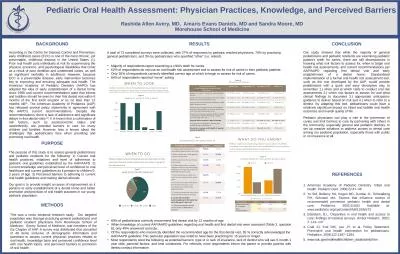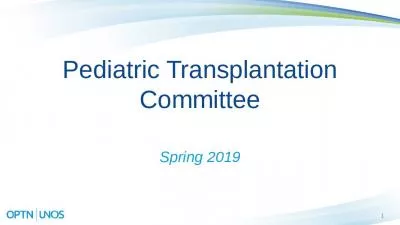PPT-General Pediatric Board Review:
Author : kittie-lecroy | Published Date : 2017-12-20
Pediatric Cardiology Daniela Rafii MD Associate Director Pediatric Cardiology Maimonides Infants and Childrens Hospital of Brooklyn Innocent Heart Murmurs Over 50
Presentation Embed Code
Download Presentation
Download Presentation The PPT/PDF document "General Pediatric Board Review:" is the property of its rightful owner. Permission is granted to download and print the materials on this website for personal, non-commercial use only, and to display it on your personal computer provided you do not modify the materials and that you retain all copyright notices contained in the materials. By downloading content from our website, you accept the terms of this agreement.
General Pediatric Board Review:: Transcript
Download Rules Of Document
"General Pediatric Board Review:"The content belongs to its owner. You may download and print it for personal use, without modification, and keep all copyright notices. By downloading, you agree to these terms.
Related Documents

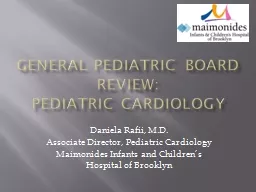

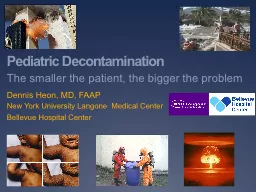
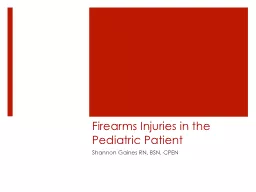

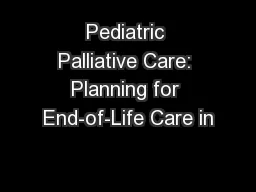

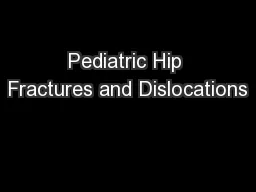
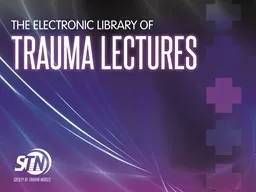
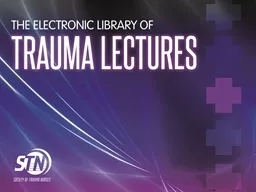
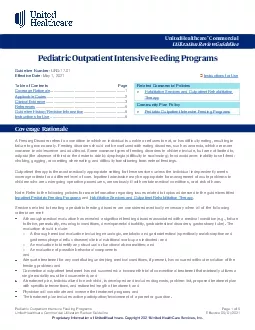
![[DOWNLOAD] Pediatric Nurse Certification Review 1st Edition – Pediatric Nursing Review](https://thumbs.docslides.com/1006746/download-pediatric-nurse-certification-review-1st-edition-pediatric-nursing-review-ped-bc-cpn-exam-review-that-includes-digital-content-via-examprepconnect.jpg)
